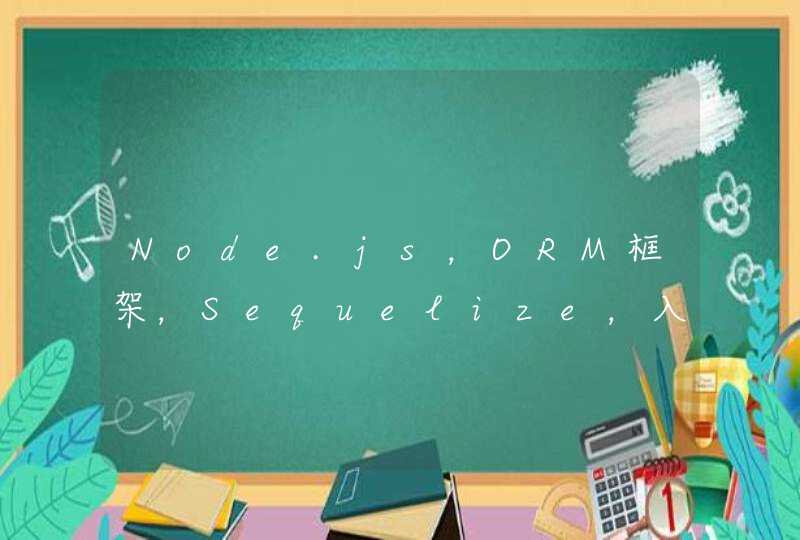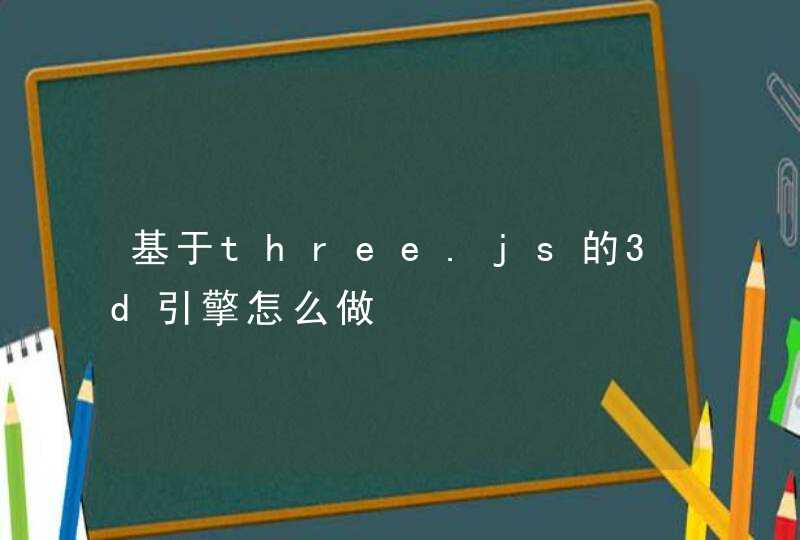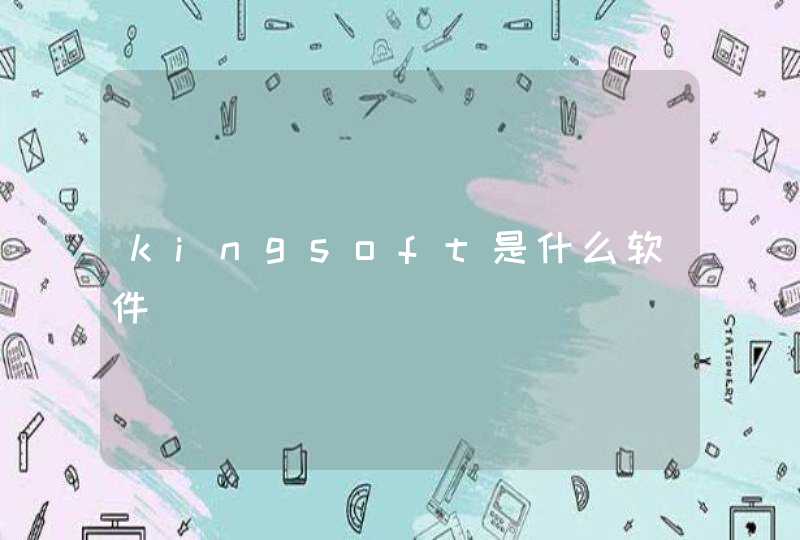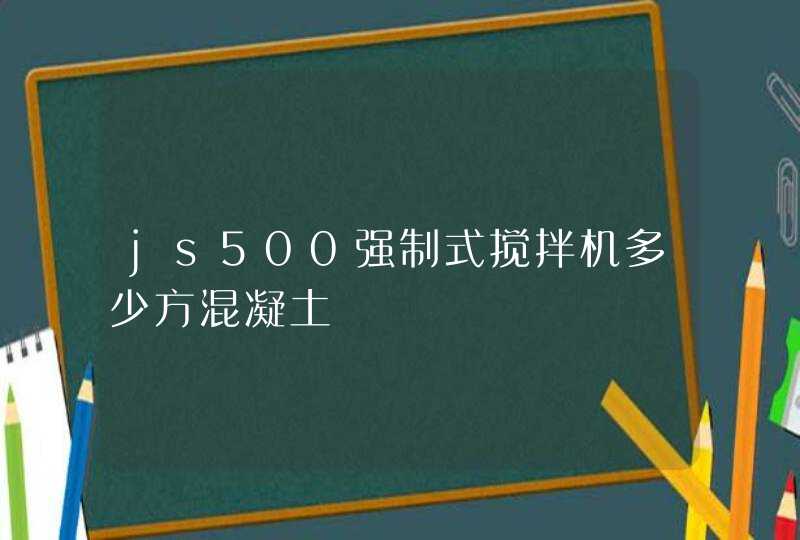
推荐人评价
安装指南:文件为CAB格式,下载后用Winrar解压缩,然后右键单击alexa7.inf,选择“安装”,就可以了。如果没有出现工具条,请设置浏览器为“允许ActiveX控件”
更方便更快捷的网页浏览工具。Alexa 通过提供已浏览及相关网站的详细资讯,令到网页浏览更方便、更快捷。此外Alexa还可以为您提供联系信息、网站连接状态、网站回顾等服务,更棒的是Alexa还可以提供新闻的搜索服务!从此可以一边看网页,一边接收最新的时事资讯,时刻站在时代的最前线!而所有的这一切都只体现在IE菜单的一个工具中。还等什么,网络时代的新新人类,赶快下载一个吧!目前只支持IE浏览器
Alexa 世界排名 推进工具
>>一:阿雷克斯简介
>>阿雷克斯是2005年7月中旬开发的一个推进alexa排名的工具,由开始的内测版完善为现
>>在非常优秀的版本,阿雷克斯是有专业WEB工程师对alexa的数据进行实时分析,对alexa
>>公司改变的算法能第一时间对阿雷克斯进行更换算法,是目前推进alexa最优秀的工具
>>之一。(如果你对此有所怀疑,请到网站下载试用“请注意:使用阿雷克斯隔天看数据
>>,例如,今天用阿雷刷的网站,后天看日排名”)
>>
>>二:阿雷克斯的功能
>>除了常用的推进alexa排名之外,目前阿雷还可以给你网站造PV 还有Reach per,这个
>>工具是目前在推进alexa工具中的重要突破,也是唯一一个具备有这个功能的,还有更
>>绝的就是要说加入了关键字优化功能;只要你的网站有被google、yahoo收录有关键字
>>的都可以进行关键字优化,我们这个功能不要求关键字第一位,力争第一页^_^ 要更加
>>详细的了解,请继续往下LOOK!!
http://www.alexa.com/data/details/traffic_details?q=&url=www.wuhubbs.com把url=后面的“www.wuhubbs.com”网址换成你自己网站的网址就可以了
代码:
<SCRIPT type='text/javascript' language='JavaScript' src='http://xslt.alexa.com/site_stats/js/t/a?url=www.wuhubbs.com'></SCRIPT>
把“www.wuhubbs.com”换成你自己的网址
Online advertisingOnline advertising is a form of promotion that uses the Internet and World Wide Web for the expressed purpose of delivering marketing messages to attract customers. Examples of online advertising include contextual ads on search engine results pages, banner ads, Rich Media Ads, Social network advertising, online classified advertising, advertising networks and e-mail marketing, including e-mail spam.
Competitive advantage over traditional advertising
One major benefit of online advertising is the immediate publishing of information and content that is not limited by geography or time. To that end, the emerging area of interactive advertising presents fresh challenges for advertisers who have hitherto adopted an interruptive strategy.
Another benefit is the efficiency of advertiser's investment. Online advertising allows for the customization of advertisements, including content and posted websites. For example, AdWords and AdSense enable ads shown on relevant webpages or aside of search results of pre-chosen keywords. Another is the payment method. Whatever purchasing variation is selected, the payment is usually relative with audiences' response.
Purchasing variations
The three most common ways in which online advertising is purchased are CPM, CPC, and CPA.
CPM (Cost Per Impression) is where advertisers pay for exposure of their message to a specific audience. CPM costs are priced per thousand impressions, or loads of an advertisement. However, some impressions may not be counted, such as a reload or internal user action. The M in the acronym is the Roman numeral for one thousand.
CPV (Cost Per Visitor) or (Cost per View in the case of Pop Ups and Unders) is where advertisers pay for the delivery of a Targeted Visitor to the advertisers website.
CPC (Cost Per Click) is also known as Pay per click (PPC). Advertisers pay each time a user clicks on their listing and is redirected to their website. They do not actually pay for the listing, but only when the listing is clicked on. This system allows advertising specialists to refine searches and gain information about their market. Under the Pay per click pricing system, advertisers pay for the right to be listed under a series of target rich words that direct relevant traffic to their website, and pay only when someone clicks on their listing which links directly to their website. CPC differs from CPV in that each click is paid for regardless of whether the user makes it to the target site.
CPA (Cost Per Action) or (Cost Per Acquisition) advertising is performance based and is common in the affiliate marketing sector of the business. In this payment scheme, the publisher takes all the risk of running the ad, and the advertiser pays only for the amount of users who complete a transaction, such as a purchase or sign-up. This is the best type of rate to pay for banner advertisements and the worst type of rate to charge. Similarly, CPL (Cost Per Lead) advertising is identical to CPA advertising and is based on the user completing a form, registering for a newsletter or some other action that the merchant feels will lead to a sale. Also common, CPO (Cost Per Order) advertising is based on each time an order is transacted.
Cost per conversion Describes the cost of acquiring a customer, typically calculated by dividing the total cost of an ad campaign by the number of conversions. The definition of "Conversion" varies depending on the situation: it is sometimes considered to be a lead, a sale, or a purchase.
CPE (Cost Per Engagement) is a form of Cost Per Action pricing first introduced in March 2008. Differing from cost-per-impression or cost-per-click models, a CPE model means advertising impressions are free and advertisers pay only when a user engages with their specific ad unit. Engagement is defined as a user interacting with an ad in any number of ways.[1]
Though, as seen above, the large majority of online advertising has a cost that is brought about by usage or interaction of an ad, there are a few other methods of advertising online that only require a one time payment. The Million Dollar Homepage is a very successful example of this. Visitors were able to pay $1 per pixel of advertising space and their advert would remain on the homepage for as long as the website exists with no extra costs.
Floating ad: An ad which moves across the user's screen or floats above the content.
Expanding ad: An ad which changes size and which may alter the contents of the webpage.
Polite ad: A method by which a large ad will be downloaded in smaller pieces to minimize the disruption of the content being viewed
Wallpaper ad: An ad which changes the background of the page being viewed.
Trick banner: A banner ad that looks like a dialog box with buttons. It simulates an error message or an alert.
Pop-up: A new window which opens in front of the current one, displaying an advertisement, or entire webpage.
Pop-under: Similar to a Pop-Up except that the window is loaded or sent behind the current window so that the user does not see it until they close one or more active windows.
Video ad: similar to a banner ad, except that instead of a static or animated image, actual moving video clips are displayed.
Map ad: text or graphics linked from, and appearing in or over, a location on an electronic map such as on Google Maps.
Mobile ad: an SMS text or multi-media message sent to a cell phone.
In addition, ads containing streaming video or streaming audio are becoming very popular with advertisers.
E-mail advertising
Legitimate Email advertising or E-mail marketing is often known as "opt-in e-mail advertising" to distinguish it from spam.
Affiliate marketing
Main article: Affiliate marketing
Affiliate marketing is a form of online advertising where advertisers place campaigns with a potentially large number of small (and large) publishers, whom are only paid media fees when traffic to the advertiser is garnered, and usually upon a specific measurable campaign result (a form, a sale, a sign-up, etc). Today, this is usually accomplished through contracting with an affiliate network.
Affiliate marketing was an invention by CDNow.com in 1994 and was excelled by Amazon.com when it launched its Affiliate Program, called Associate Program in 1996. The online retailer used its program to generate low cost brand exposure and provided at the same time small websites a way to earn some supplemental income.
Contextual advertising
Many advertising networks display graphical or text-only ads that correspond to the keywords of an Internet search or to the content of the page on which the ad is shown. These ads are believed to have a greater chance of attracting a user, because they tend to share a similar context as the user's search query. For example, a search query for "flowers" might return an advertisement for a florist's website.
Another newer technique is embedding keyword hyperlinks in an article which are sponsored by an advertiser. When a user follows the link, they are sent to a sponsor's website.
Behavioral targeting
In addition to contextual targeting, online advertising can be targeted based on a user's past clickstream. For example, if a user is known to have recently visited a number of automotive shopping / comparison sites based on clickstream analysis enabled by cookies stored on the user's computer, that user can then be served auto-related ads when they visit other, non-automotive sites.
Ads and malware
There is also class of advertising methods which may be considered unethical and perhaps even illegal. These include external applications which alter system settings (such as a browser's home page), spawn pop-ups, and insert advertisements into non-affiliated webpages. Such applications are usually labeled as spyware or adware. They may mask their questionable activities by performing a simple service, such as displaying the weather or providing a search bar. Some programs are effectively trojans. These applications are commonly designed so as to be difficult to remove or uninstall. The ever-increasing audience of online users, many of whom are not computer-savvy, frequently lack the knowledge and technical ability to protect themselves from these programs.
Ad server market structure
Given below is a list of top ad server vendors in 2008 with figures in millions of viewers published in a Attributor survey.
Vendor Ad viewers
Google 1,118
DoubleClick 1,079
Yahoo 362
MSN 309
AOL 156
Adbrite 73
Total 3,087
It should be noted that Google acquired DoubleClick in 2007 for a consideration of $3,100 million. The above survey was based on a sample of 68 million domains.
网络广告
维基百科,自由的百科全书
跳转到: 导航, 搜索
狭义的网络广告又被称为在线广告或者互联网广告;而广义的网络广告除了包括以计算机为核心组成的计算机网络为媒介的广告行为外,还包括其他所有以电子设备相互连接而组成的网络为媒介的广告行为,例如以无线电话网络,电子信息亭网络为载体的广告行为。在一般未做特殊说明的情况下,现在各资料所谈论的网络广告全指狭义网络广告。
狭义网络广告与传统广告有很多类似的地方,也分为很多不同广告形式,拥有多种计费方式。
常见的广告形式包括:
横幅式广告(banner)
通栏式广告
弹出式广告(pop-up ads)
按钮式广告(button)
插播式广告(interstitial ads)
电子邮件广告(E-DirectMarketing,EDM)
赞助式广告(sponsorship)
分类广告(classified ads)
互动游戏式广告(interactive game)
软件端广告
文字链接广告(text ads)
浮动形广告(floting ads)
联播网广告
关键字广告
比对内容广告
常见的记费方式包括:
按照千人印象成本(CPM)收费。
按照每点击成本(CPC)收费。
按照每行动成本(CPA)收费。
按照每回应成本(CPR)收费。
按照每购买成本(CPP)收费。
这些都是国际流行的收费模式。在中国和一些网络广告的发展中国家,则时常会采用以时间来购买的模式,如按每日投放成本收费,按每周投放成本收费等。
对网络广告的研究显示,50%的网络广告点击是由6%的用户产生的。而且这个点击群体是一个缺乏购买力的群体,也很少进行网络购物[1]。




































































